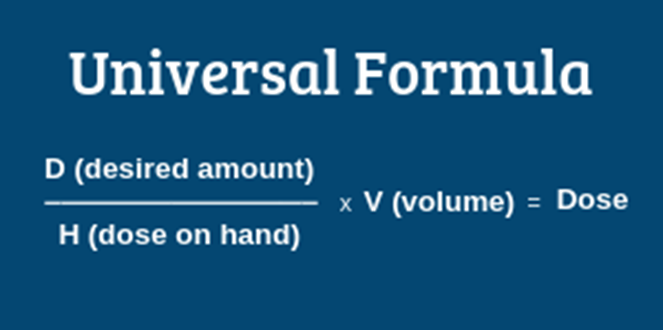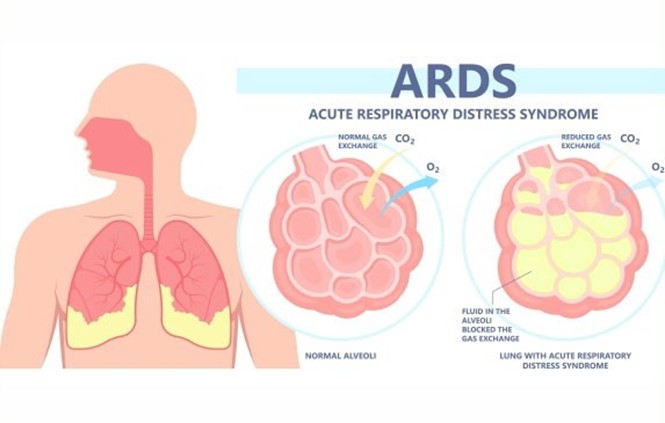A nurse is preparing to administer lithium 300 mg PO every 8 hr. Available is lithium carbonate 150 mg capsules. How many capsules should the nurse administer per dose?
(Round the answer to the nearest whole number. Use a leading zero if it applies. Do not use a trailing zero.)
The Correct Answer is ["2"]
2 capsules
To calculate the number of capsules, use the formula:
capsules = (desired dose in mg / available dose in mg) x 1 capsule
Plug in the given values:
capsules = (300 mg / 150 mg) x 1 capsule
Simplify and solve:
capsules = 2 x 1 capsule
capsules = 2 capsules
Round to the nearest whole number and add a leading zero if needed:
capsules = 2 capsules

Nursing Test Bank
Naxlex Comprehensive Predictor Exams
Related Questions
Correct Answer is B
Explanation
Answer: B
Rationale:
A) "Expect your sputum cultures to be negative after 6 months of therapy":
While sputum cultures may become negative after a period of effective therapy, it is not always guaranteed to happen within exactly 6 months. Tuberculosis (TB) treatment usually involves several months of medication, and sputum cultures are monitored periodically to assess treatment efficacy, not solely at the 6-month mark.
B) "Drink at least 8 ounces of water when you take the pyrazinamide tablet":
Drinking plenty of water with pyrazinamide is important to prevent dehydration and to help minimize potential side effects, such as hyperuricemia or gout. Adequate hydration can also aid in the effective elimination of the medication from the body, thus reducing the risk of adverse effects.
C) "Provide a sputum specimen every 2 weeks to the clinic for testing":
Sputum specimens are typically provided less frequently than every 2 weeks, usually monthly, to monitor the progress of TB treatment. Testing frequency may vary depending on the client's condition and the healthcare provider's recommendations.
D) "Take isoniazid with an antacid":
Isoniazid should not be taken with antacids, as antacids can interfere with the absorption of isoniazid. It is usually advised to take isoniazid on an empty stomach, and clients should be instructed to wait at least 1 hour after taking isoniazid before consuming antacids.
Correct Answer is C
Explanation
Placing the client in a prone position improves oxygenation and ventilation by reducing lung compression, increasing lung expansion, and redistributing blood flow to better match ventilation.
a) Administering low-flow oxygen via nasal cannula is not sufficient for a client with ARDS, who requires
high levels of oxygenation and positive pressure ventilation to prevent alveolar collapse and hypoxemia.
b) Offering high-protein and high-carbohydrate foods frequently is beneficial for a client with ARDS, as it provides adequate nutrition and energy to support lung healing and prevent muscle wasting. However, it is not the priority intervention for improving respiratory function.
d) Encouraging oral intake of at least 3,000 mL of fluids per day is contraindicated for a client with ARDS, who is at risk of fluid overload and pulmonary edema. Fluid intake should be restricted and diuretics should be administered as prescribed to reduce fluid accumulation in the lungs.

Whether you are a student looking to ace your exams or a practicing nurse seeking to enhance your expertise , our nursing education contents will empower you with the confidence and competence to make a difference in the lives of patients and become a respected leader in the healthcare field.
Visit Naxlex, invest in your future and unlock endless possibilities with our unparalleled nursing education contents today
Report Wrong Answer on the Current Question
Do you disagree with the answer? If yes, what is your expected answer? Explain.
Kindly be descriptive with the issue you are facing.
